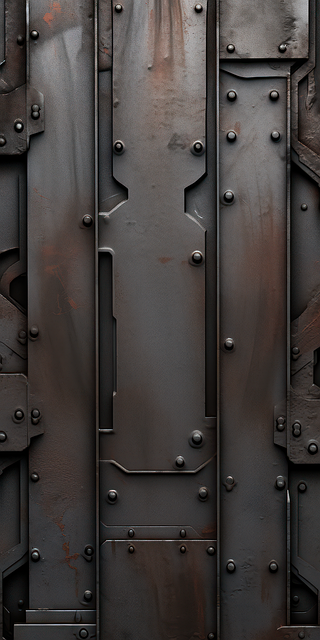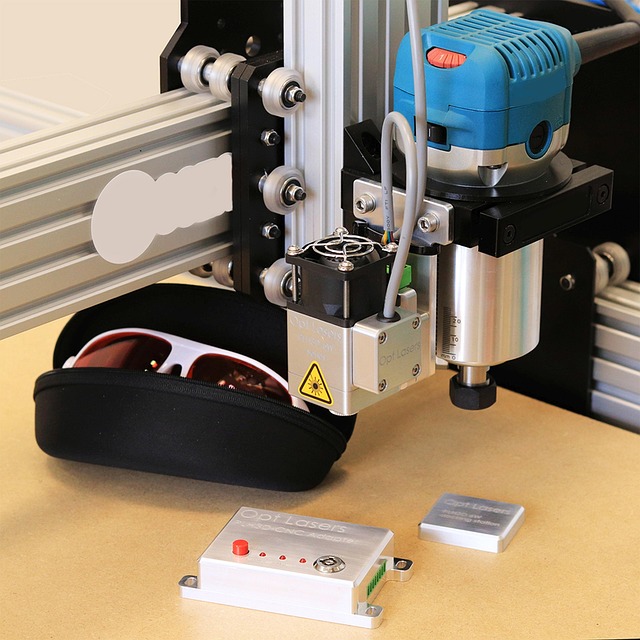Revitalizing Legacy Parts: Scan-to-CAD for Structural Metal Detailing

Reverse engineering and scan-to-CAD conversion techniques are pivotal in preserving structural metal…….
In the realm of manufacturing and engineering, precision and detail are paramount. Sheet metal and fabrication detailing emerge as a critical process that transforms raw materials into intricate, functional components. This comprehensive article delves into the intricacies of sheet metal and fabrication detailing, exploring its historical roots, global impact, technological advancements, and its pivotal role in shaping modern industries. By the end, readers will grasp the significance of this field and its endless possibilities for innovation.
Definition: Sheet metal and fabrication detailing encompasses the art and science of designing, creating, and refining metal components from flat sheets or coils. It involves a series of processes, including cutting, bending, forming, joining, and finishing, to produce complex shapes and structures. This meticulous craft is integral to various industries, from automotive and aerospace to construction and electronics.
Core Components:
Design: The foundation lies in detailed design plans, often created using Computer-Aided Design (CAD) software, ensuring precision and efficiency. Engineers and designers translate concepts into technical drawings, specifying dimensions, tolerances, and material properties.
Material Selection: Choosing the right metal alloy is crucial. Common choices include aluminum, steel, stainless steel, and copper, each with unique properties for specific applications. Material selection considers factors like strength, corrosion resistance, weight, and cost.
Pre-Processing: Before fabrication, sheets undergo preparation such as shearing or laser cutting to achieve the desired initial shapes. This stage ensures that material is ready for subsequent operations.
Fabrication Techniques:
Finishing: This step enhances the aesthetic and functional qualities of the final product. Surface treatments include coating, plating, polishing, and anodizing, providing corrosion protection, durability, and desired finishes.
Historical Context: The roots of sheet metal fabrication trace back to ancient civilizations that developed techniques for smelting, shaping, and joining metals. Over millennia, these skills evolved, propelled by industrial revolutions and technological advancements. The introduction of computer-aided design in the late 20th century revolutionized detailing, enabling complex designs and precise manufacturing.
Sheet metal and fabrication detailing is a global phenomenon, with diverse applications across industries worldwide. Its impact can be witnessed in iconic structures, advanced machinery, and everyday consumer products.
Trends Shaping the Industry:
Digitalization: The adoption of advanced CAD software, computer-aided manufacturing (CAM), and robotics is revolutionizing detailing processes, improving accuracy and productivity.
Sustainability Focus: There’s a growing emphasis on eco-friendly practices, with lightweight materials and efficient fabrication techniques reducing environmental impact.
Customized Manufacturing: On-demand, customized products are gaining popularity, challenging traditional mass production methods.
The global sheet metal and fabrication detailing market is robust and dynamic, influenced by various economic factors.
| Factor | Impact |
|---|---|
| Global Trade: International trade drives demand for detailed metal components, with countries specializing in different aspects of fabrication. | Facilitates cost-effective production and access to specialized skills. |
| Manufacturing Investment: Industries investing in advanced machinery and training see improved efficiency and product quality. | Boosts economic growth and creates high-skilled jobs. |
| Infrastructure Development: Growing infrastructure projects require intricate metal structures for buildings, bridges, and transportation systems. | Stimulates the market for large-scale fabrication. |
| Consumer Trends: Demand for innovative, lightweight, and aesthetically pleasing products drives innovation in detailing. | Encourages investment in research and development. |
Technological breakthroughs have significantly enhanced the capabilities of sheet metal and fabrication detailing.
Advanced Cutting Technologies: Laser cutting has evolved, offering precision, speed, and versatility. Waterjet cutting can handle complex geometries, while plasma cutting ensures clean cuts for delicate materials.
Robotic Automation: Robots equipped with advanced sensors and AI ensure consistent accuracy in bending, welding, and finishing tasks, increasing productivity.
Additive Manufacturing (3D Printing): This technology allows for the creation of intricate metal parts layer by layer, offering design freedom and rapid prototyping capabilities.
Computer-Aided Inspection: Quality control is enhanced through non-destructive testing methods like ultrasonic and X-ray inspection, ensuring product integrity.
Sheet metal and fabrication detailing finds its footprint in various sectors:
Despite its successes, the industry faces challenges:
The future holds immense potential:
Sheet metal and fabrication detailing is a cornerstone of modern manufacturing, enabling the creation of complex structures and components that power our world. With continuous technological advancements, this field will continue to evolve, pushing boundaries and shaping industries across globes. As we move forward, the demand for precision, sustainability, and innovation will drive the sheet metal industry into an exciting future.

Reverse engineering and scan-to-CAD conversion techniques are pivotal in preserving structural metal…….

Flat pattern design using Computer-Aided Design (CAD) drafting is crucial in metal fabrication and C…….

CNC sheet metal drafting enhances manufacturing precision and efficiency through digital blueprint c…….

Legacy parts, lacking digital representations, pose challenges in modern manufacturing due to outdat…….

Legacy parts with vintage designs hold significant value across sectors due to historical importance…….

Laser-cutting sheet metal detailing has revolutionized precision fabrication, offering unprecedented…….

3D CAD modeling revolutionizes structural metal detailing by offering digital solutions for sheet me…….

Sheet metal design services create fabrication-ready drawings crucial for manufacturers, ensuring pr…….

CNC sheet metal drafting combines CAD software with automated machines to design and manufacture pre…….

CNC sheet metal drafting is a cutting-edge process using CAD software to create precise digital blue…….